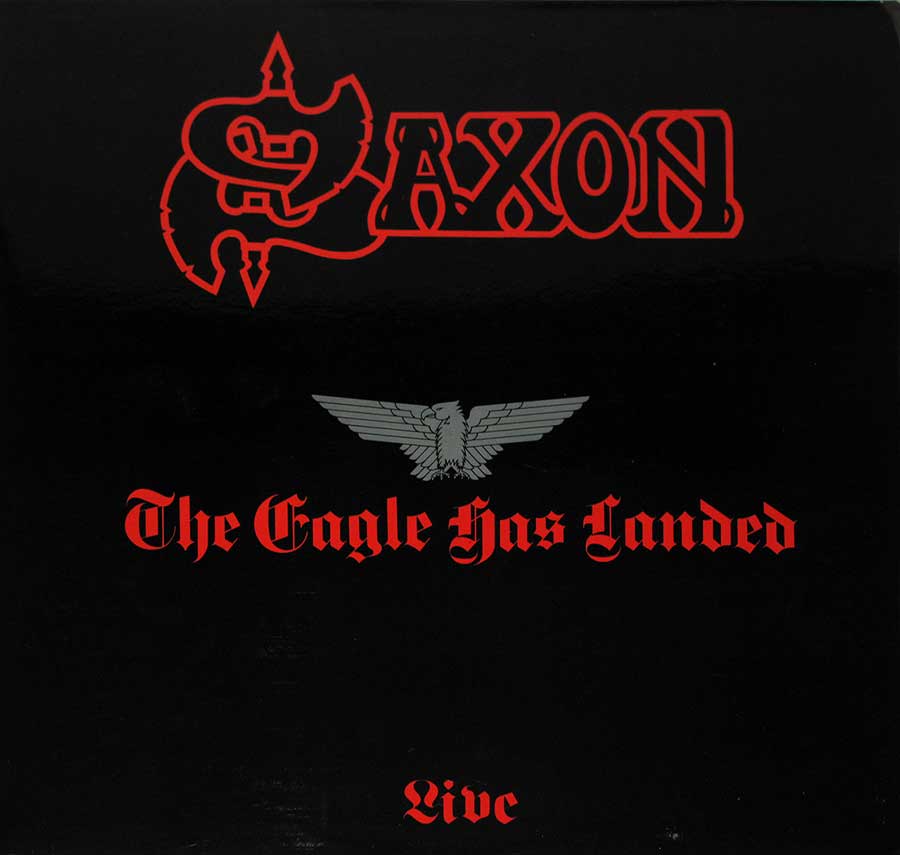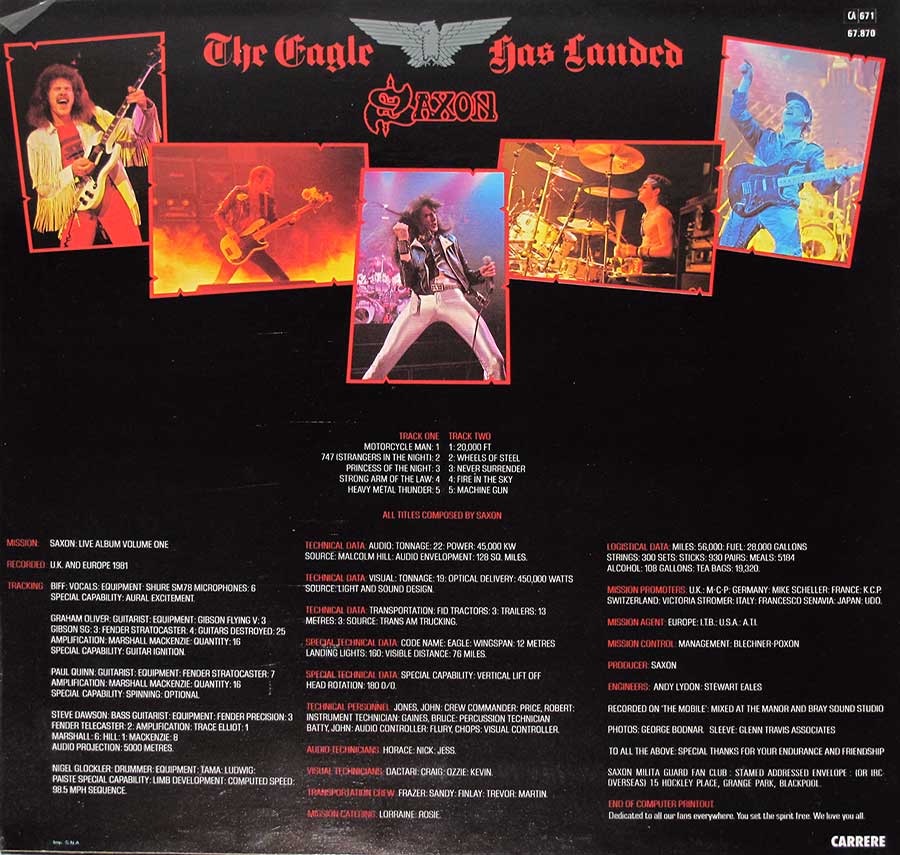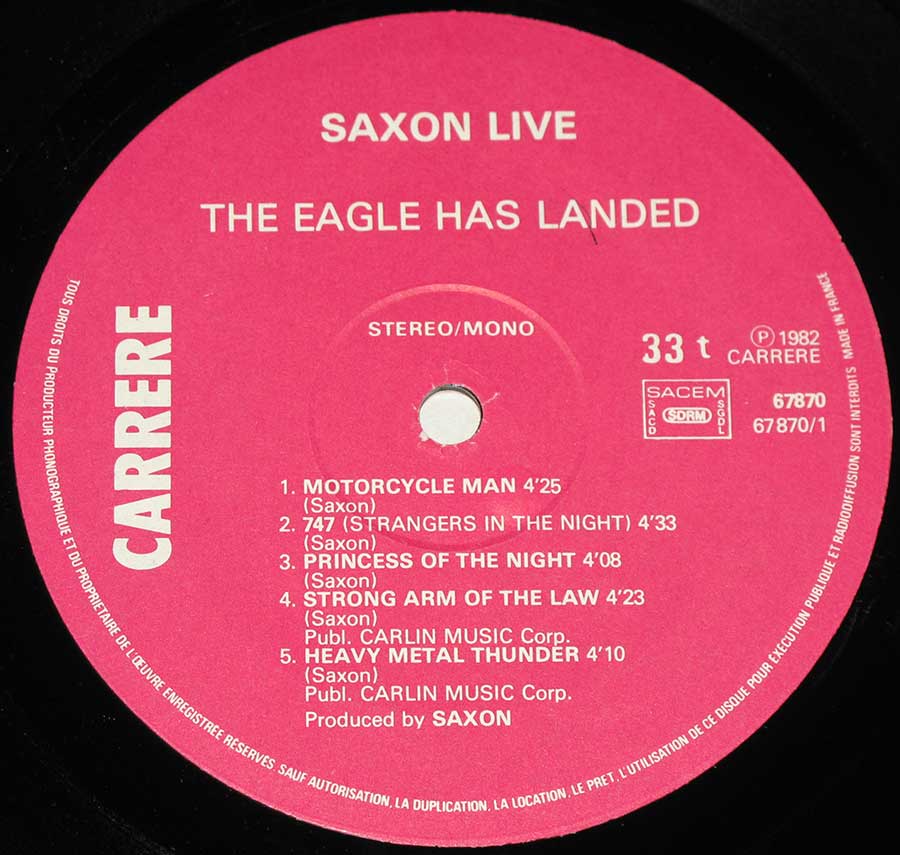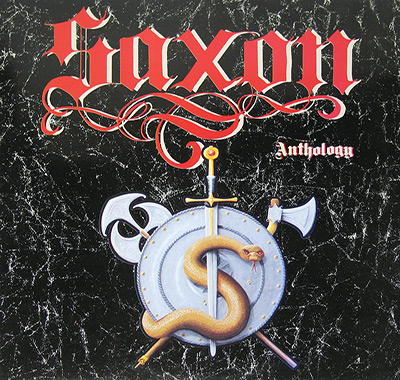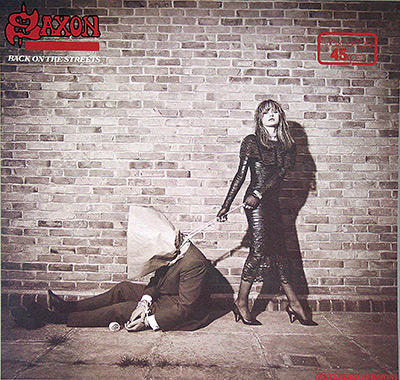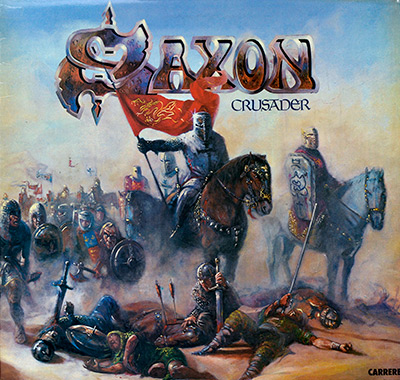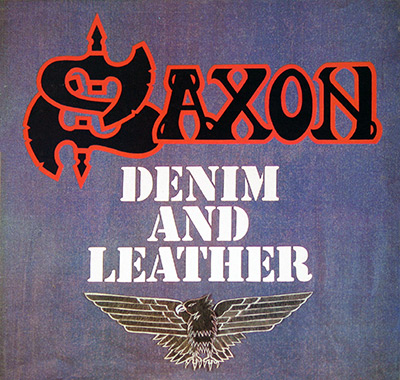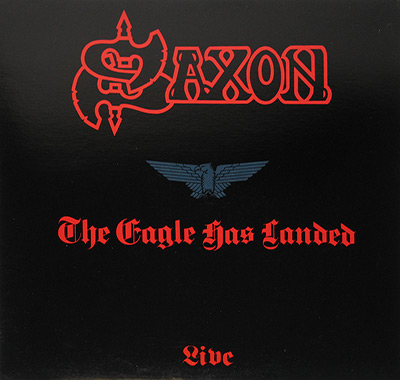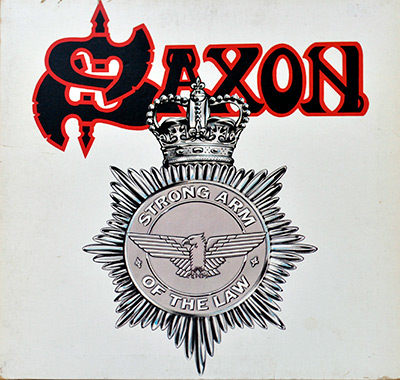"The Eagle Has Landed" Album Description:
The Saxon live album, "The Eagle Has Landed," holds a special place in the annals of heavy metal history, capturing the essence of the band's electrifying performances during the 1981 United States leg of their world tour. As we delve into the significance of this release, let us explore not only the musical prowess exhibited by Saxon but also the broader cultural context of the time period and the intricacies of production that went into crafting this iconic 12" vinyl LP.
The early 1980s were a transformative era for the heavy metal genre, marked by the rise of numerous iconic bands and the consolidation of its distinctive sound. Saxon, hailing from the United Kingdom, was a formidable force in this movement. With their leather-clad image, powerful vocals, and intricate guitar work, the band quickly gained a dedicated fanbase.
"The Eagle Has Landed" emerged at a pivotal moment in Saxon's career, capturing the band at the peak of their live performance prowess. The year 1981 saw the heavy metal scene expanding its global reach, and Saxon's decision to record the album in France added a unique flair to its international appeal.
The live album format has always been a testament to a band's ability to connect with its audience, and "The Eagle Has Landed" excels in this regard. The raw energy and infectious enthusiasm of the crowd are palpable, creating an immersive experience for the listener. The choice to record in France not only speaks to the band's desire to reach a diverse audience but also adds a touch of European flavor to the album.
Production, a crucial aspect of any musical endeavor, played a pivotal role in bringing the live experience to the vinyl format. The analog nature of 12" vinyl LPs posed both challenges and opportunities. The warm, rich sound that vinyl is known for became a canvas for capturing the nuances of Saxon's performance. From the thunderous drumming to the soaring guitar solos, each element was carefully mixed and mastered to ensure a faithful representation of the live show.
The artwork and packaging of the French release further contribute to the album's allure. Often, the visual elements of a record are as important as the music itself. The cover art, liner notes, and overall design were crafted with a keen understanding of the aesthetic sensibilities of the time.
Band Members and Musicians on: SAXON - The Eagle Has Landed
|
Band-members, Musicians and Performers
- Biff Byford - Vocals
Biff Byford (real-name: Peter Rodney Byford) born in the year 1951 in Skelmanthorpe, Win England. Lead singer in the bands “Son of a Bitch” from 1977 until 1978, followed by being lead-singer in the SAXON band
Byford formed Saxon in 1977 and has been a constant member of the band ever since. Over the years, Saxon has become one of the most influential bands in the New Wave of British Heavy Metal movement, and Byford's powerful voice and charismatic stage presence have been a key part of their success.
In addition to his work with Saxon, Byford has also worked on various solo projects and collaborated with other musicians. He has been widely recognized for his contributions to the heavy metal genre, and has been referred to as one of the most influential heavy metal singers of all time.
Byford is known for his unique vocal style, which features a blend of powerful and melodic singing, and his distinctive stage presence and energy have made him a popular figure among heavy metal fans around the world.
- Graham Oliver - Guitar
Graham Oliver a guitarist and bass player , born in 1952 Mexborough, England. He was founding member and one of the main song-writer in the British Heavy Metal band Saxon. He started his career around 1975 in a band called “Son of a Bitch”.
- Paul Quinn - Guitar
Paul Quinn (full-name: Paul Anthony Quinn) is one of original founding members of Saxon and started in the Coast and "Son Of Bitch" bands.
- Steve Dawson - Bass
Steve "Dobby" Dawson was born in 1952 , bass guitar player and one of the founding members of the British Heavy Metal band “SAXON”
- Pete Gill - Drums
Pete Gill — Drummer
Pete Gill is a powerhouse drummer who carved an unlikely path through both heavy metal and New Wave.
As a founding member of Saxon, he laid down the thunderous rhythms that defined early NWOBHM classics.
After leaving Saxon due to a hand injury, Gill re-emerged behind the kit for Frankie Goes to Hollywood,
adding muscular drive to the spectacle of “Relax.” He later joined Motörhead, hammering through albums
like Orgasmatron with the same relentless intensity. From denim and leather to synth-pop excess,
Gill’s career is a rare crossover through the extremes of the 1980s.
- Primary Role – Drummer
- Country – United Kingdom
- Years Active – 1970s–1990s
- Bands – Saxon, Frankie Goes to Hollywood, Motörhead
- Associated Acts – NWOBHM, New Wave, Heavy Metal
Selected Discography
- Saxon – “Wheels of Steel” (1980)
- Saxon – “Denim and Leather” (1981)
- Frankie Goes to Hollywood – “Welcome to the Pleasuredome” (1984)
- Motörhead – “Orgasmatron” (1986)
|
